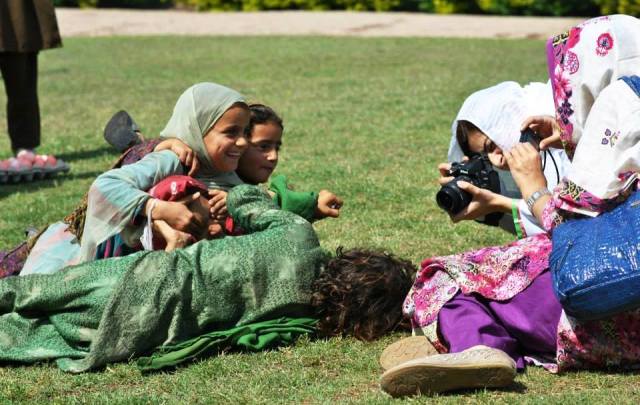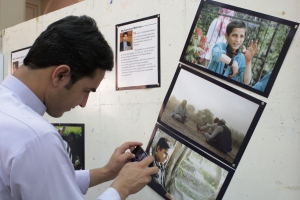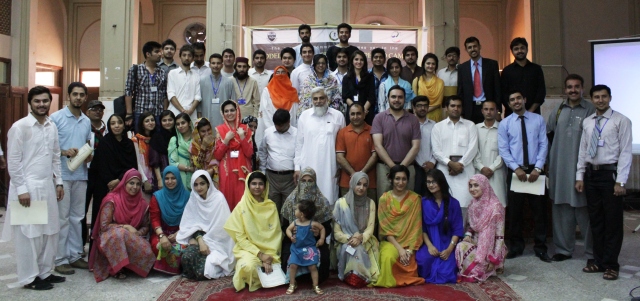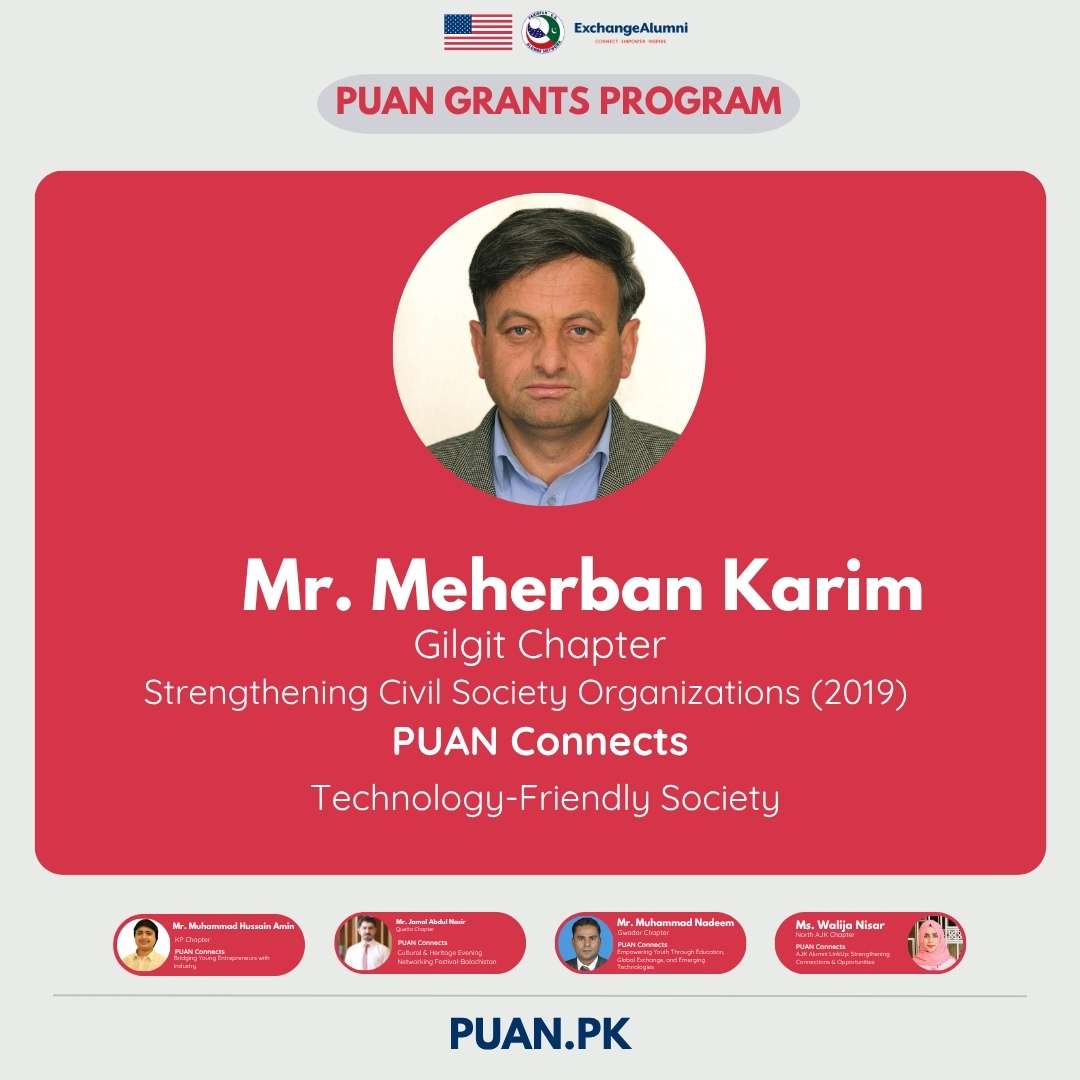By Hira Nafees Shah

Saeedullah Orakzai firmly believes in the adage that a picture is worth a thousand words. But that becomes a big problem when many photos being disseminated of Pakistan’s Federally Administered Tribal Areas (FATA) depict only conflict, the alumnus says.
Concerned that many photos often show only a one-sided view of life in the tribal areas, Orakzai decided to challenge those misconceptions by training the next generation of photographers to document FATA’s diverse people and culture, through a series of May 2014 photo camps.
An alumnus of a photojournalism training program with National Geographic, sponsored by the U.S. Agency for International Development (USAID), Orakzai was ideally positioned to leverage lessons learned from his U.S. exchange program to lead the the workshops. The Pakistan-U.S. Alumni Network funded the project via an Alumni Small Grant.

“I wanted to give the youngsters a platform and teach them what photo-journalism is,” he said. “I also wanted them to display positive images of society.”
Orakzai and his fellow organizers received more than 300 applications from potential participants, demonstrating substantial local enthusiasm for the project. After in-depth interviews, Orakzai shortlisted 70 students, from more than 10 universities across Peshawar, to take part in the training.
The alumnus’ project consisted of two workshops in which participants learned the nitty-gritty of photography like camera setting, framing and lighting, etc. The second workshop witnessed the students receiving advanced photography training in the local Bara Gali tourist spot, so they could practice their craft with their subjects in a new setting.
“It was a great experience taking part in the workshops,” said Summan Imtiaz, a Fine Arts student at the Peshawar University. “We were very happy to receive this platform, because generally there are not many opportunities in Peshawar.”
After the photo camps, the organizers displayed the participants’ work in the form of a Grand Exhibition June 10-11, 2014, at Peshawar University, and awarded prizes to the top three photographers: 1) Nacir Aly, 2) Sara Ali, and 3) Syed Hanif Raza.
One participant Syed Hammad Shah from the Islamia College of Peshawar says he took up photography some time ago, but Orakzai’s workshop helped him take his skills to the next level.
“The organizers taught us how to deal with people and respect them in photography, so that they willingly allowed us to take their pictures,” he said.
Another trainee Ahmed Hassan said he previously was unfamiliar with how to use the settings of a digital single-lens reflex (DSLR) camera before the photo camps, but not anymore. “Now I know how to take photographs to make my subjects look attractive,” he said. “I feel very motivated because everyone has been coming up to me and appreciating my photos.”
For Mohammad Arsalan Khan, the photo camps have not only imparted new skills, but he is also happy with the message that his photos have the potential to convey. “We can show the peaceful nature of Peshawar through our photographs, because it is a city which has history and a beautiful architecture,” he said.

He is also looking forward to the future, as he hopes to conduct a similar session in his hometown of Swat valley. Apart from the participants, audience members also enjoyed the exhibition.
“The photographs are quite creative,” said Saqib Iftikhar, a local lawyer who attended the exhibit. “Some of the snaps also show old agricultural tools that I did not know were still being used, so clearly there is a lot to see here.”
One student and spectator Qaisar Azam Afridi praised the photographers’ positive and harmonious depictions of Peshawar. “These photos show the peaceful and the brotherly side of the people of Peshawar,” he said.
As for Saeedullah Orakzai, he is ecstatic with the response that he has received from his students and from the exhibition’s spectators, as well as offers from potential partners to continue the project.
“My students are so passionate that they are even willing to pay me and the other organizers to hold similar events in the future,” he said. “We have received offers from GIKI Institute Swabi and from Gomal University to conduct similar projects at their universities.”
If the efforts of Orakzai and other youngsters like him bear fruit, these exhibitions can go a long way of presenting a more complete picture of Khyber Pakhtunkhwa’s diverse people and cultures—and the country.

To take a closer look at the students’ work, visit:
https://www.facebook.com/pages/Model-Nat-Geo-photo-camps-and-a-Grand-Exhibition/1423012524615863





